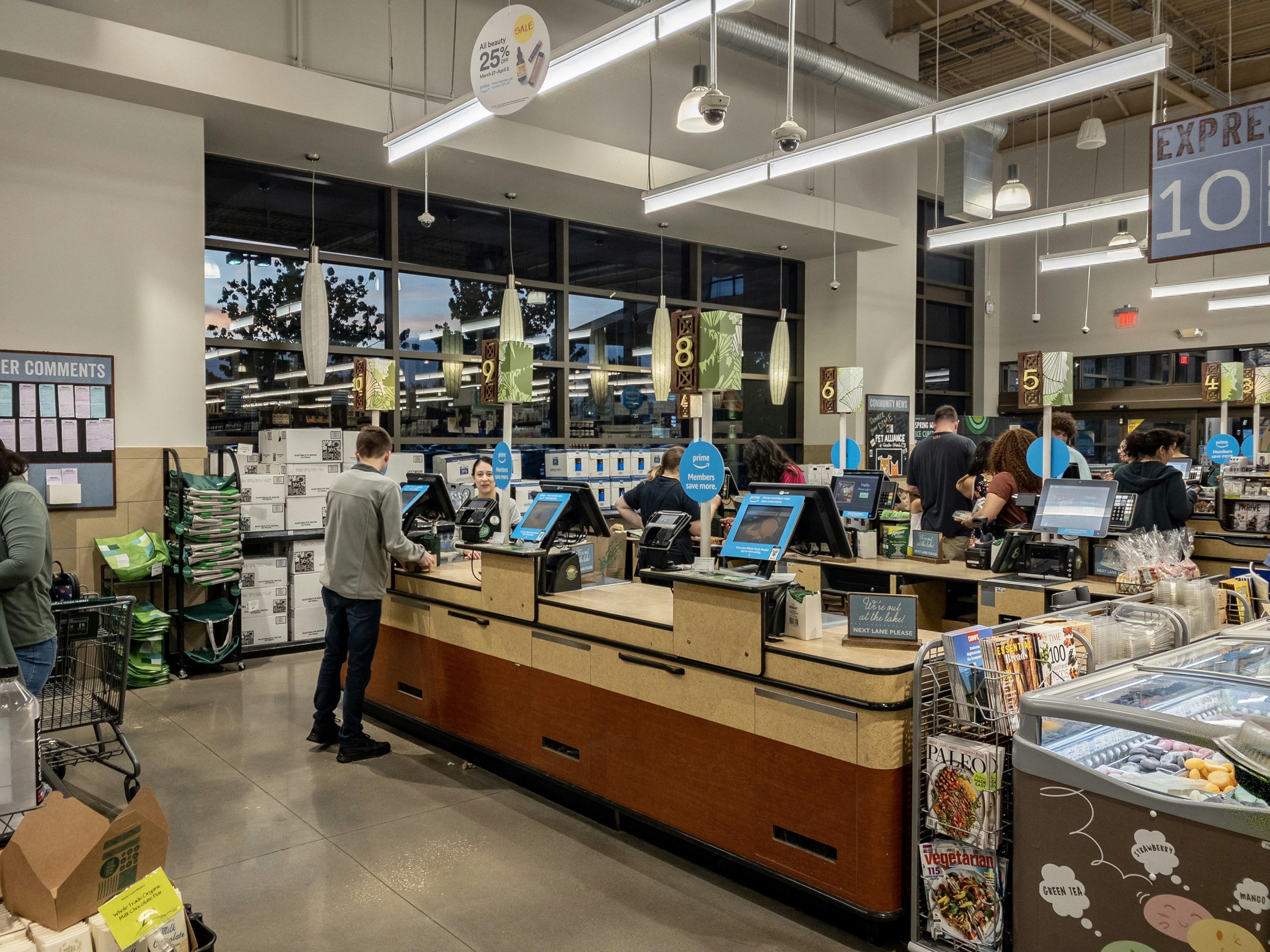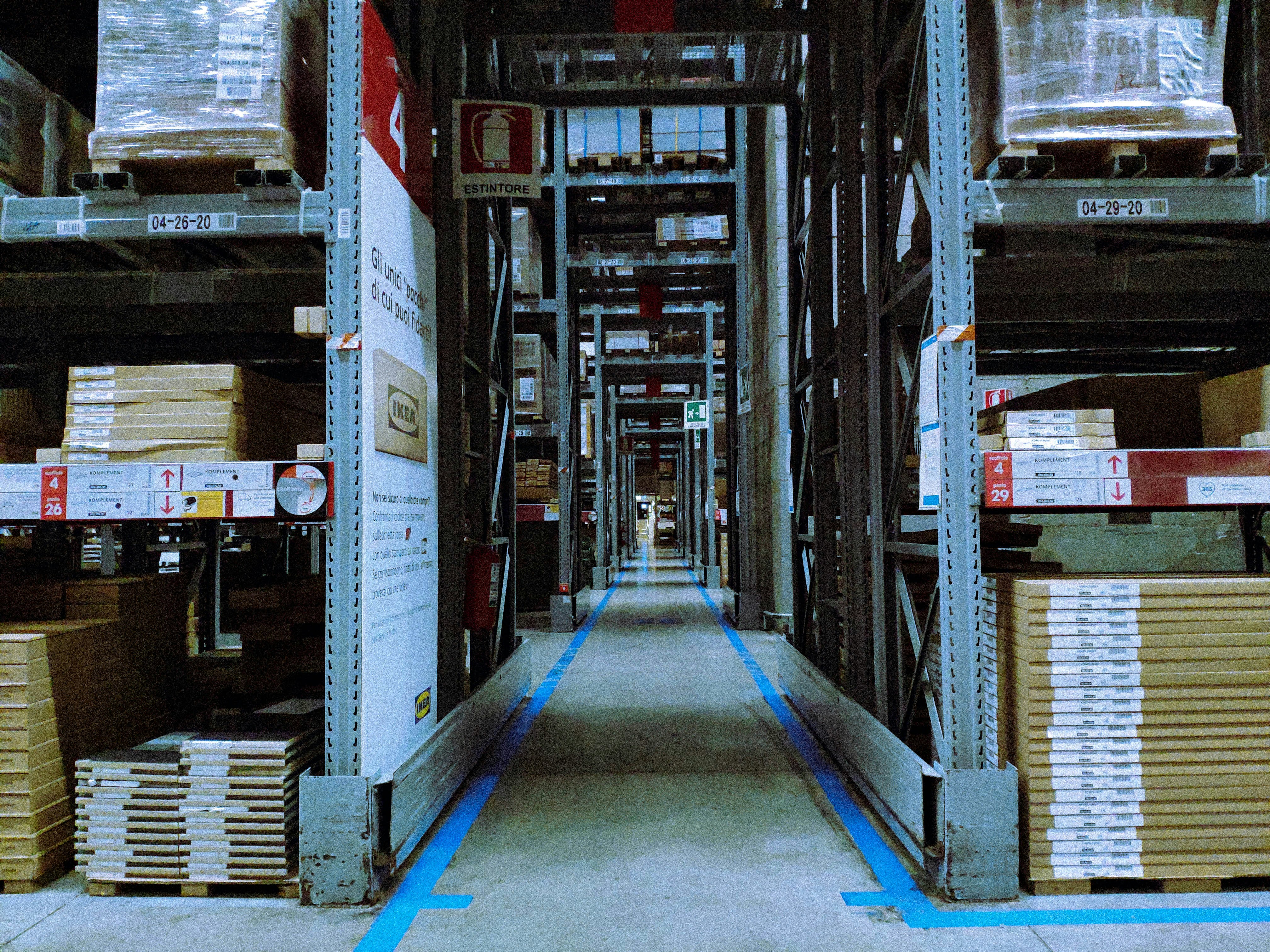Introduction to Cold Chain Monitoring
Cold chain monitoring is a crucial aspect of the supply chain, particularly when dealing with perishable goods such as food and pharmaceuticals. This process involves the careful management and regulation of temperature-controlled environments to ensure that products remain within specified temperature ranges throughout their journey from the producer to the end consumer. The integrity of a cold chain is paramount, as even slight deviations in temperature can compromise the quality, safety, and efficacy of perishable items, leading to significant financial losses and health risks.
One of the primary challenges faced in cold chain monitoring is maintaining consistent temperature conditions during transportation and storage. Various factors can hinder this process, including fluctuations in ambient temperatures, inadequate insulation, and equipment failure. Additionally, the complexity of the supply chain, which often involves multiple stakeholders and transportation modes, can complicate temperature control. As products move across various locations and conditions, effective tracking and monitoring systems become indispensable.
Efficient tracking methods are vital for ensuring that perishable goods are kept at optimal temperatures. The introduction of innovative technologies, such as barcode systems, has revolutionized how cold chain monitoring is conducted. These technologies enable real-time tracking of products, allowing stakeholders to monitor conditions throughout the supply chain accurately. By leveraging barcodes and associated data, companies can swiftly identify temperature breaches and implement corrective measures. Ultimately, the successful implementation of cold chain monitoring not only safeguards product integrity but also enhances consumer trust and compliance with regulatory standards, making it a critical component of modern logistics.
Understanding Barcodes and Their Functionality
Barcodes are a vital component of modern inventory management and data collection processes. They consist of a series of parallel lines and spaces that represent numeric or alphanumeric data. The primary function of a barcode is to encode information that can be easily scanned and interpreted by a barcode reader. This technology streamlines operations across various industries, including retail, logistics, and health care.
At their core, barcodes operate on a simple principle: a barcode scanner uses a laser or light source to illuminate the barcode. The scanner captures the reflected light, and the varying widths of the bars and spaces correspond to different values. This information is then decoded by the scanner, which translates the encoded data into readable text. The speed and accuracy of this process have made barcodes an essential tool in monitoring and tracking assets, ensuring efficient management of inventory.
There are several types of barcodes, each designed for specific applications. The most common types include Universal Product Code (UPC), Code 39, and QR codes. UPC barcodes are typically used in retail settings for product identification, while Code 39 is often employed in industrial environments. On the other hand, QR codes can store larger amounts of data and are increasingly popular due to their compatibility with smartphones and mobile devices.
In the context of cold chain monitoring, barcodes play an indispensable role. They enable the tracking of temperature-sensitive products throughout their journey from storage to transportation and distribution. By integrating barcoding into cold chain processes, organizations can ensure that products are maintained at the appropriate temperature and can quickly identify any deviations. This capability enhances efficiency and ultimately leads to better compliance with health and safety regulations.
The Role of Barcodes in Cold Chain Management
Barcodes play a crucial role in enhancing cold chain management systems by facilitating real-time tracking and monitoring of temperature-sensitive products throughout the supply chain. By integrating barcodes into the logistics infrastructure, companies can effectively manage the journey of perishable goods from production to distribution. This integration allows for precise documentation of temperature conditions, ensuring that products are kept within their specified temperature ranges, thus preserving their quality and safety.
One of the key advantages of using barcodes in cold chain management is the simplicity and efficiency they bring to inventory management. Each product can be labeled with a unique barcode, containing vital information such as temperature requirements, expiration dates, and handling instructions. This enables businesses to conduct regular inventory audits more efficiently and reduces the risk of human error. Automated scanning of barcodes speeds up the data entry process, allowing for real-time updates to inventory levels, which is critical for cold chain operations where time-sensitive products are involved.
Moreover, barcodes enhance traceability throughout the supply chain, an essential factor in managing cold chain logistics. With every transaction, the barcode provides a digital record of the product’s journey, from the manufacturer to the end consumer. This traceability is beneficial for compliance with regulatory requirements and addressing any concerns related to food safety or quality control. In case of product recalls, having an efficient barcode system allows for rapid identification and retrieval of affected items, thus mitigating potential risks to consumers and businesses alike.
In summary, the integration of barcodes into cold chain management systems significantly improves tracking, inventory management, and traceability, making them an indispensable tool for businesses looking to optimize their cold chain operations.
Benefits of Using Barcodes for Cold Chain Monitoring
The implementation of barcodes in cold chain monitoring provides numerous advantages that cater to the evolving needs of this critical sector. One of the foremost benefits is the increased accuracy in tracking temperature-sensitive products. Barcodes enable automatic data capture, thereby mitigating the chances of manual errors that could compromise product quality and safety. Each product can be uniquely identified through its barcode, ensuring precise monitoring throughout its journey.
Efficiency in tracking is another significant advantage of integrating barcodes into cold chain systems. With the ability to quickly scan and log temperatures and locations, stakeholders can streamline their operations. This real-time monitoring reduces delays associated with inventory checks and enhances supply chain transparency. Furthermore, by automating data collection, businesses can reallocate human resources towards more value-added activities, thus increasing overall productivity.
Reduced human error is a natural outcome of employing barcode technology. In industries where temperature regulation is paramount, manual data entry can lead to discrepancies and potential risks. Barcodes eliminate these concerns by providing a reliable method for tracking. This reliability not only safeguards products but also fosters trust between suppliers and consumers, as they can be assured of compliance with safety standards.
Cost-effectiveness is yet another compelling reason for using barcodes in cold chain monitoring. The initial investment in barcode technology often is offset by the subsequent reduction in operational costs. Businesses can expect improved inventory management and decreased spoilage, leading to significant savings over time. Additionally, utilizing barcodes enhances compliance with food safety regulations, which is increasingly crucial in today’s market. Automating record-keeping ensures that businesses can promptly provide necessary data to regulatory bodies, thereby maintaining their reputational integrity and avoiding potential penalties.
Real-time Data Collection and Reporting
Barcodes have transformed the cold chain monitoring landscape by facilitating real-time data collection and reporting. Utilizing barcode technology allows businesses to acquire immediate access to crucial temperature data, thereby significantly enhancing operational efficiency. This immediacy is vital for maintaining the integrity of temperature-sensitive products, such as pharmaceuticals and perishable goods, as even minor deviations can lead to substantial financial losses or compromised product quality.
With the integration of barcode scanning systems into cold chain logistics, organizations can continuously monitor temperature conditions along the supply chain. Each barcode scan records temperature readings at specific intervals, creating a comprehensive dataset that reflects the environmental conditions throughout the product’s journey. This data provides crucial insights, enabling businesses to ensure compliance with safety regulations and industry standards.
Moreover, real-time alerts for temperature deviations are a critical feature of barcode-enabled systems. By employing threshold settings, these systems can promptly notify operators of any variances that occur during transit or storage. This immediate response capability allows companies to take corrective actions swiftly, thereby mitigating risks associated with temperature abuse. Such proactive measures not only protect product integrity but also foster customer trust in the quality of goods being delivered.
Data collected through barcode scanning can also be analyzed for trend identification and decision-making. Businesses can leverage this information to optimize their cold chain processes, enhancing route planning and storage strategies to minimize temperature fluctuations. By adopting this data-driven approach, organizations can continuously refine their operations, ultimately leading to improved service delivery and customer satisfaction. In this way, barcode technology serves as an essential instrument for achieving excellence in cold chain monitoring and maintaining the quality of temperature-sensitive goods.
Integrating Barcodes with IoT in Cold Chain Monitoring
The integration of Internet of Things (IoT) technology with barcode systems has the potential to significantly enhance the cold chain monitoring process. Traditional barcodes have served as a reliable method for tracking products, but when combined with IoT, they become an even more powerful tool in ensuring the integrity of temperature-sensitive goods throughout their journey from manufacturer to consumer.
Connecting barcodes to IoT devices allows for real-time data collection and monitoring. For instance, each product can be embedded with a barcode that links to a unique identifier within a connected system. Sensors can then continuously monitor environmental conditions, such as temperature and humidity, and relay this data to a centralized platform for analysis. This not only improves traceability but also enables proactive decision-making. Businesses can receive alerts if a product is exposed to conditions outside of the acceptable range, thus facilitating timely interventions.
Moreover, the synergy between barcode systems and IoT can streamline operations. Manual data entry errors are minimized as scanners read barcodes, while IoT devices automatically log the pertinent information. This synchronization results in improved inventory management and stock control, as businesses can maintain real-time visibility of their products. Efficiency is further enhanced through automated alerts when products are nearing expiration or if cold chain breaches occur.
Furthermore, the integration of these technologies fosters greater transparency within the supply chain. Stakeholders, including retailers and consumers, can access data regarding product conditions at various points in the distribution process. This level of transparency not only aids in regulatory compliance but also builds customer confidence, as they are assured of product safety and quality. Thus, integrating barcodes with IoT represents a vital advancement in cold chain monitoring practices, providing a comprehensive solution that enhances both operational efficiency and product safety.
Case Studies: Successful Implementation of Barcode Systems
The integration of barcode systems in cold chain monitoring has been transformative for numerous companies, allowing them to streamline operations and enhance product quality during transport and storage. One notable example is a large pharmaceutical company that faced challenges in tracking temperature-sensitive vaccines. This organization implemented a barcode system that enabled real-time monitoring of temperature and humidity levels throughout the shipping process. By scanning barcodes at various checkpoints, the company ensured adherence to required conditions, which significantly decreased spoilage rates and increased compliance with regulatory mandates.
Another compelling case involves a global food distributor known for handling perishable goods. Initially, the company struggled with inefficiencies and errors in their inventory management and shipping processes. The adoption of barcode technology allowed for precise tracking of products from the warehouse to delivery. Each item was assigned a unique barcode, facilitating quick scanning that updated their inventory system automatically. This not only reduced human error but also improved the traceability of products, leading to a notable decrease in waste and an increase in customer satisfaction levels.
Moreover, a logistics company specializing in temperature-controlled shipments experienced a significant transformation after implementing barcode systems. They faced issues with shipment delays and incorrect orders that impacted their reputation. By using barcode labels for each package to track and validate information during transit, they could swiftly identify and address discrepancies. The barcode system allowed them to optimize routes and timelines, leading to increased efficiency and enhanced service reliability.
These case studies demonstrate that the successful implementation of barcode systems in cold chain monitoring not only addresses existing challenges but also contributes to overall operational improvements. As companies continue to refine their logistics with technology, barcode applications offer substantial benefits that are likely to be expanded in the future.
Challenges and Limitations of Barcode Systems in Cold Chain Monitoring
Barcode systems are increasingly embraced for cold chain monitoring due to their efficiency and accuracy. However, several challenges and limitations can affect their effectiveness. One major concern is the potential for scanning errors. Factors such as low-quality barcodes, poor printing, and obstructive packaging can hinder successful scans. When barcodes are difficult to read, it can lead to discrepancies in monitoring temperatures and timelines, which are critical in maintaining the integrity of temperature-sensitive products.
Another challenge is the need for regular maintenance of scanning equipment. Barcode scanners depend on a stable and functional operating environment. Environmental conditions can significantly impact the performance of scanning devices. For instance, exposure to extreme cold or heat can damage the equipment. Regular maintenance and timely upgrades are necessary to ensure that the scanners remain operational and yield accurate data, adding a layer of complexity and cost to the cold chain process.
Additionally, the reliance on technology presents its own set of limitations. Technology can be prone to failures, whether due to software glitches, hardware issues, or power outages. In scenarios where barcode scanning is critical for tracking perishable goods, any interruption in scanning capabilities can disrupt the entire monitoring system. This raises questions about data redundancy and backup systems. Companies must ensure that there are contingency plans in place to address potential technology failures, which may otherwise compromise the cold chain integrity.
In summary, while barcode systems offer numerous benefits for cold chain monitoring, stakeholders must remain vigilant regarding the challenges inherent to these systems. By addressing scanning errors, equipment maintenance, and technology reliance, organizations can better integrate barcode solutions into their cold chain logistics.
Future Trends in Cold Chain Monitoring with Barcodes
The cold chain industry is on the cusp of significant transformation, driven by continuous advancements in barcode technology and the increasing need for efficiency and transparency. As organizations seek to improve the precision of temperature-sensitive product management, future trends indicate that barcode technology will evolve to provide more comprehensive monitoring solutions. Notably, we anticipate the emergence of smart barcodes that enhance data capture, enabling real-time tracking and immediate access to product conditions throughout the supply chain.
Moreover, predictive analytics is set to become an integral part of cold chain monitoring, utilizing data from barcodes to forecast potential temperature violations before they occur. This proactive approach will allow businesses to implement corrective actions timely, reducing waste and loss. Such analytics will leverage historical data and machine learning algorithms to enhance decision-making processes, ensuring that the cold chain remains intact while simultaneously optimizing operational efficiency.
Another promising trend is the potential integration of barcode technology with blockchain systems. This synergy holds the promise of creating an unalterable record of the cold chain journey, enhancing transparency and accountability. By coupling barcodes with blockchain, each stage of the logistics process can be documented securely, providing stakeholders with verifiable proof of compliance with temperature regulations. This capability not only bolsters consumer trust but also ensures regulatory requirements are met with minimal friction.
Incorporating these advancements, the future of cold chain monitoring with barcodes looks highly promising. Organizations that embrace these technologies will likely gain a competitive advantage, driving innovation while maintaining high standards of food safety and quality. As the landscape of cold chain management undergoes this evolution, stakeholders must stay vigilant and open to new technologies that can enhance monitoring effectiveness. With these developments on the horizon, the combination of barcode technology and other cutting-edge solutions will shape the future of cold chain monitoring.
© barcodly.com- All rights reserved





